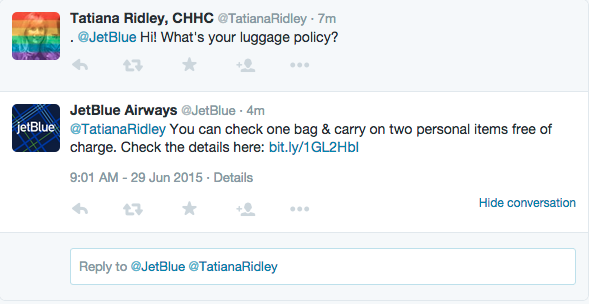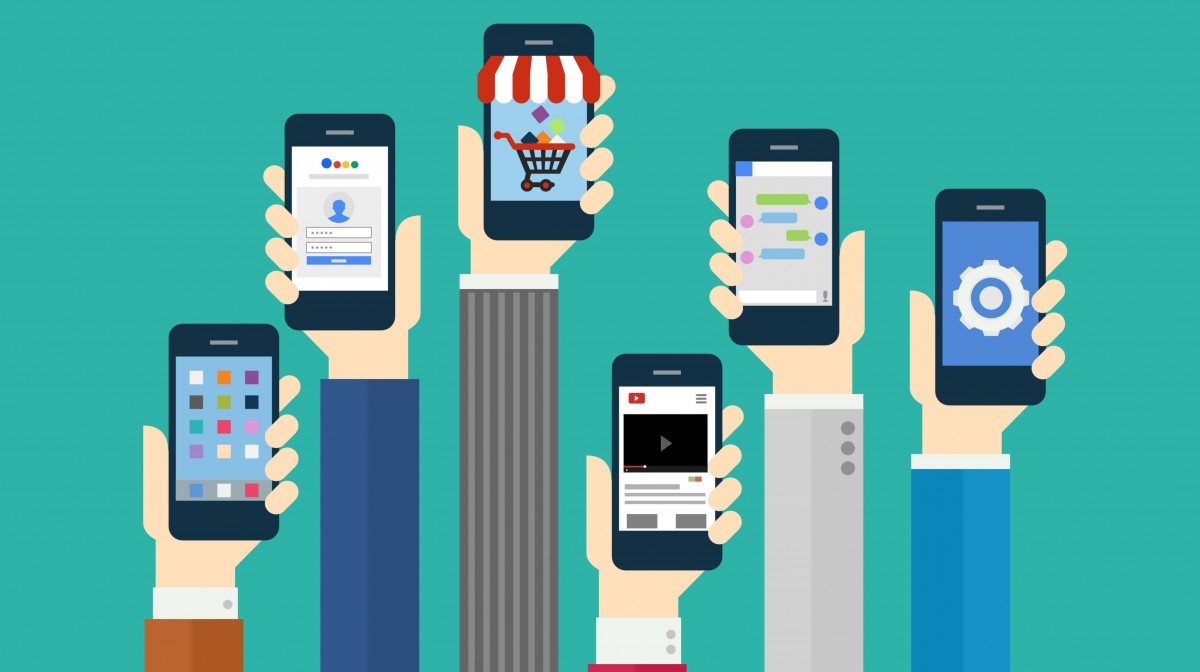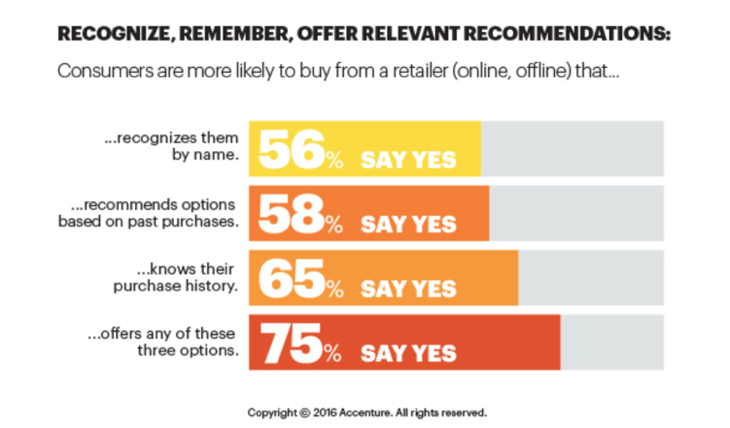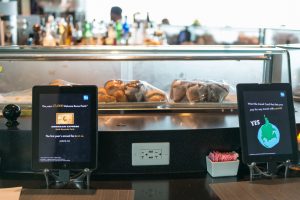#Hashtag Marketing – A Changing of the Consumer Value Paradigm
In the dark ages of marketing, prior to any notion of the Omni Channel solutions, marketing strategies were traditionally defined via a purchaser/provider relationship. This relationship was based upon a variety of interactions, consequences and statistical probabilities on behalf of both parties.
Until recently, consumers fully engaged in the purchasing process had a rather limited freedom of choice. Both the company and consumer were generally aware of market needs, but information was limited and misinformation rampant.
In-depth product/service information? Competitor price points? Peer product reviews?
All of these areas were virtually non-existent.
Consumers of the past were forced to engage in an internal, and often subconscious, cost benefit analyses.
“Convenience or knowledge?”
Do I take a chance on product X, and hope for the best? Or, do I actively (and arduously) seek more information?
More often than not, consumer choices were reactionary. Goods and services were thrown at consumers without rhyme or reason, while their wants and needs were often determined by third-party salespeople and advertising techniques. So-called “informed decision-making” was a mixture of word of mouth reviews, seasonal catalogue meandering and brick and mortar visits.
As a consumer, it was almost impossible to know if other higher quality and cost effective choices existed.
Yet, times have changed….
The last two decades of technological advancements have broken the consumer free from the chains of misinformation. Today, true freedom of choice exists independent of product producers and advertisers.
As we have previously discussed, today’s consumers have completely reinvented the expectation of value. This has resulted in a fundamental role shift within the traditional purchasing process. What is at the heart of this important shift in value?
#Social Media
Purchasing is no longer a linear activity and neither is the manner in which we interact socially:
- When a birthday or holiday arises, consumers no longer head to the nearest mall to spend hours moving from department store to department store hoping to find the perfect gift.
- Now, when we desire to talk to or see a friend living in a different time zone or country, we no longer have to depend on long distance calling or vacation time.
Physical proximity as a deciding factor, in both social and purchasing relationships, is no longer exclusively relevant.
This is all due to the rise of social networking….
Social Networking and the Omni Channel

As social networking and technology continue to influence interpersonal relationships and the consumer purchasing paradigm, their impact on Omni Channel solutions will only continue to grow. The impact potential for businesses utilizing social media is enormous and, if successful, is bound to manifest in the following ways:
- Unique Brand Personalization
- Expanded Loyalty and Engagement Programs
- Enhanced Target Market Insights
- Increased Mobile Agility
- Improved Data Analytics
The one true expectation for any Omni Channel solution is the cultivation of positive company/purchaser interactions across a wide variety of spectrums. Social media networking gift-wraps a unique opportunity because it gives companies the opportunity to interact with consumers (and potential consumers) on their own communication platforms.
According to #Socialnomics, 93% of shoppers make buying decisions based on social media. By advancing beyond the traditionally stagnant channels of yesteryear, to those pioneered by Millennials, companies have created the opportunity for increased brand awareness, purchaser influence, and brand loyalty via Omni Channel communications.
Want to see the impact of social media in action?
Let’s examine various benefits of seamless social media integration with existing Omni Channel solutions.
Data Analytics

The optimal way for businesses to truly understand their target market is to learn their unique preferences for value. As this is a new phenomenon for the digital age, the best way to understand consumer value preferences is to frequently use the social technology they hold dear.
According to a survey conducted by the Pew Research Center, over 52% of online adults use two or more social media platforms for their digital networking! Implementing data solutions to aggregate target market data will allow limitless potential to study “impact metrics” and avoid superficial statistics such as “number of followers.”
Various potential impact analyses includes:
- Content: What you are posting and what is being shared. When content is relevant, you will likely see a wide spread share pattern develop. Attention to share patterns will allow you to alter products and services to fit target market value preferences.
- Influencers: Careful data analysis should be devoted to reviewing the follow patterns of target markets. Influencers are those select social media users that, for whatever reason, have the capability of exerting significant influence on their followers. Those making an impact/influencers of your target market should be your influencers, and social data should be analyzed keeping this greater strategy in mind.
- Competition: Social data monitoring technology grants businesses greater competitive insights than ever before. From strengths and weaknesses, to opportunities and threats, the typical social media strategy covers the Business 101 basics. Take advantage of the transparency and see how competitors are perceived in the market.
Customer Service

Social media solutions offer exceptional value to businesses. One of the most important is the ability to gauge market response to products or services in real time. Social media users are quite vocal regarding what does and does not resonate with them and their expectations for service.
Let’s take a look at the picture below evidencing a common customer inquiry regarding airline baggage policy. Pay attention to how JetBlue effectively and efficiently responds with not only the desired information, but an additional information source as well.

JetBlue is an example of a company utilizing the real time flow of information over social media to assist their customers with flight issues and questions. As demonstrated in the photo above, not only did the company prove responsive to a customer inquiry, but this photo was widely distributed via social media after the client’s request was positively resolved. From complaints, to compliments, to questions, social media is a great way to interact with customers that utilize multiple communication and purchase channels.
A word to the wise: Tread carefully though, for while criticism and customer inquiries are often constructive, there is potential for disaster if product or service mismanagement goes viral (see photo below).

Increased Brand Awareness

A recent study by Eventbrite revealed that digital age customers, and in particular millennials, value experiences more than price points. That is to say, when comparing products and services, the most important factor is the experience provided, not the price. While this notion is non-traditional, having a clear understanding of it is vital to success in the digital age.
Social media integration into Omni Channel solutions can help foster a more complete customer experience by opening up direct channels of communication. Digital marketing and communication channels, principally social media, can provide brand visibility at a fraction of the price of traditional methods.
Effective social media brand awareness can manifest in the following ways:
- Shared Communal Values: Some say consumers in the digital age love to talk about themselves. A more accurate statement would be to say: consumers love to share their experiences. A community of like minded consumers, of those who share the same values and experiences, provides an unbelieveable opportunity for communication. A perfect example of this in the digital age is Weight Watchers. By implementing uniform user experiences across multiple social media platforms, the company is able to engineer a seamless integration of goal sharing and support. With the amount of free digital resources now available, this is especially crucial for paid service companies such as Weight Watchers.
- Create Buzz: Social media implementation has the ability to create long term value through “brand buzz.” However, keep in mind that this buzz is not always positive, as brand polarization has the potential to create a large gap between supporters and critics. Yet, this is not necessarily a bad thing. Bad buzz can stimulate growth and provide an opportunity for increased support through constructive change.
- Personalization: Content personalization is a necessity in the digital age. Through social media data analysis, companies can identify what consumer value drivers will create long term loyalty, and then aim to align their values with those of their consumers. Once companies identify customer values, they can integrate traditional marketing techniques to create for a seamless flow from channel to channel. Companies can also use customer service techniques (referenced above) to leverage personalization with brand/consumer values.
Mobile Integration

The combination of mobile device optimization and highly responsive mobile marketing channels is changing the way customers interact with businesses. While the desktop isn’t dead, smart Omni Channel marketers need to seriously consider the benefits of going mobile. We have previously covered how mobile applications and loyalty programs are changing the way consumers purchase and interact with companies. Mobile social media as a piece of the Omni Channel puzzle should not be overlooked.
According to prior predictions, the number of mobile smartphone users worldwide surpassed 2 billion in 2016….
2 BILLION!
That number represents a quarter of the world’s population who now has access to e-commerce applications and social media platforms through their mobile devices. Marketing Land recently reviewed ComScore’s 2016 U.S. Cross-Platform Future in Focus study and revealed that nearly 80% of social media interactions are initiated through mobile devices. Given that eye popping statistic, it is no coincidence that mobile marketing spending is projected to account for 72% of annual marketing spending by 2019.
What are some of the ways that mobile is changing the role of social media within the Omni Channel? Let’s review:
- Location Marketing: One of the greatest benefits of smart phones, for both consumers and businesses, is location specific information. According to a recent Global Location Trends Report, 75% of marketers believe location based marketing will be vital for 2016. Location based marketing strategies depend on smart devices that allows users to access networks based on global positioning systems. Instagram, Facebook and Foursquare have all leveraged these location strategies to enhance value for all users. From searching nearby locations for friends, to “checking in” services, to location specific discounts, geo-tagging is changing the ways businesses utilize social media.
- Mobile Payments: Social media payment platforms are on the rise and quickly altering the consumer/provider landscape more than ever previously thought possible. Applications such as Venmo, which has been called the “quintessential app for the urban professional twenty-something,” have transformed mobile payment into a niche social media market. In-fact, if I had a nickel for every time I heard someone say, “Hey, can you Venmo me?” I probably wouldn’t be writing this article right now. As EMarketer estimates the value of mobile payment transaction to reach $27.05 billion in 2016, it should be an immediate priority for any serious Omni Channel strategy.
- Global Access: The traditional barriers to entry that once held back the global market will soon be extinct. Another recent Pew Research Center study reports: “Smartphone ownership rates have skyrocketed in many countries since 2013. This includes increases of over 25 percentage points among the total population in large emerging economies such as Turkey (+42 points), Malaysia (+34), Chile (+26) and Brazil (+26)….” Worldwide, mobile devices are rapidly evolving into the most common way that we consume social and digital information. The emerging access to previously inaccessible markets, in both the United States and abroad, is one way that social media will continue to impact the future of Omni Channel solutions.
To Conclude….
While only a single part of the greater Omni Channel strategy, social media has the potential to be so much more than #hashtag marketing.
With the increased usage of smart devices and social media platforms by today’s purchasers, the potential for strategic implementation is infinite. From dissolving global borders, to increasing awareness, to facilitating mobile payments, social media will continue to play an essential role for both consumers and companies the world over.















